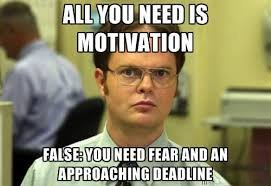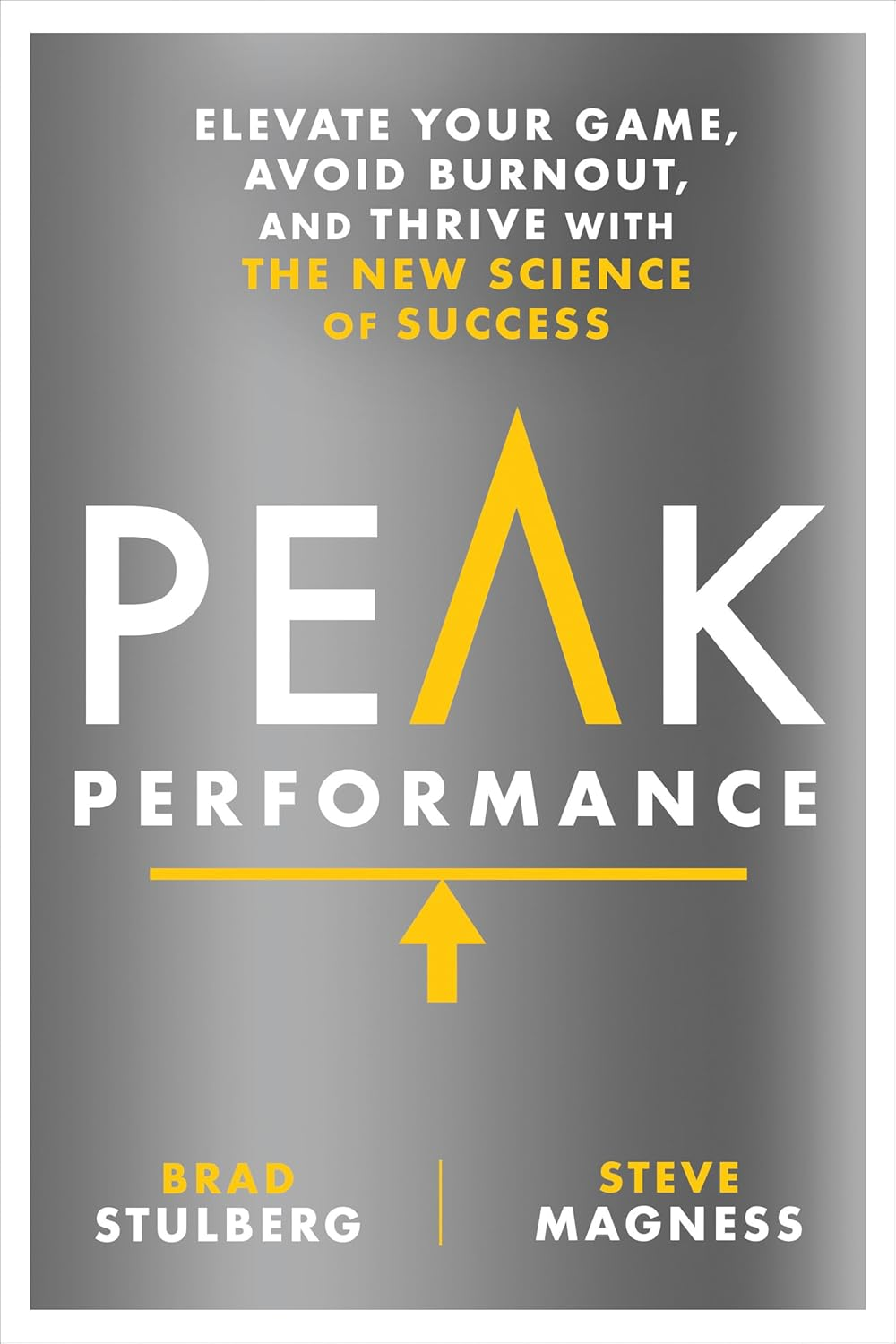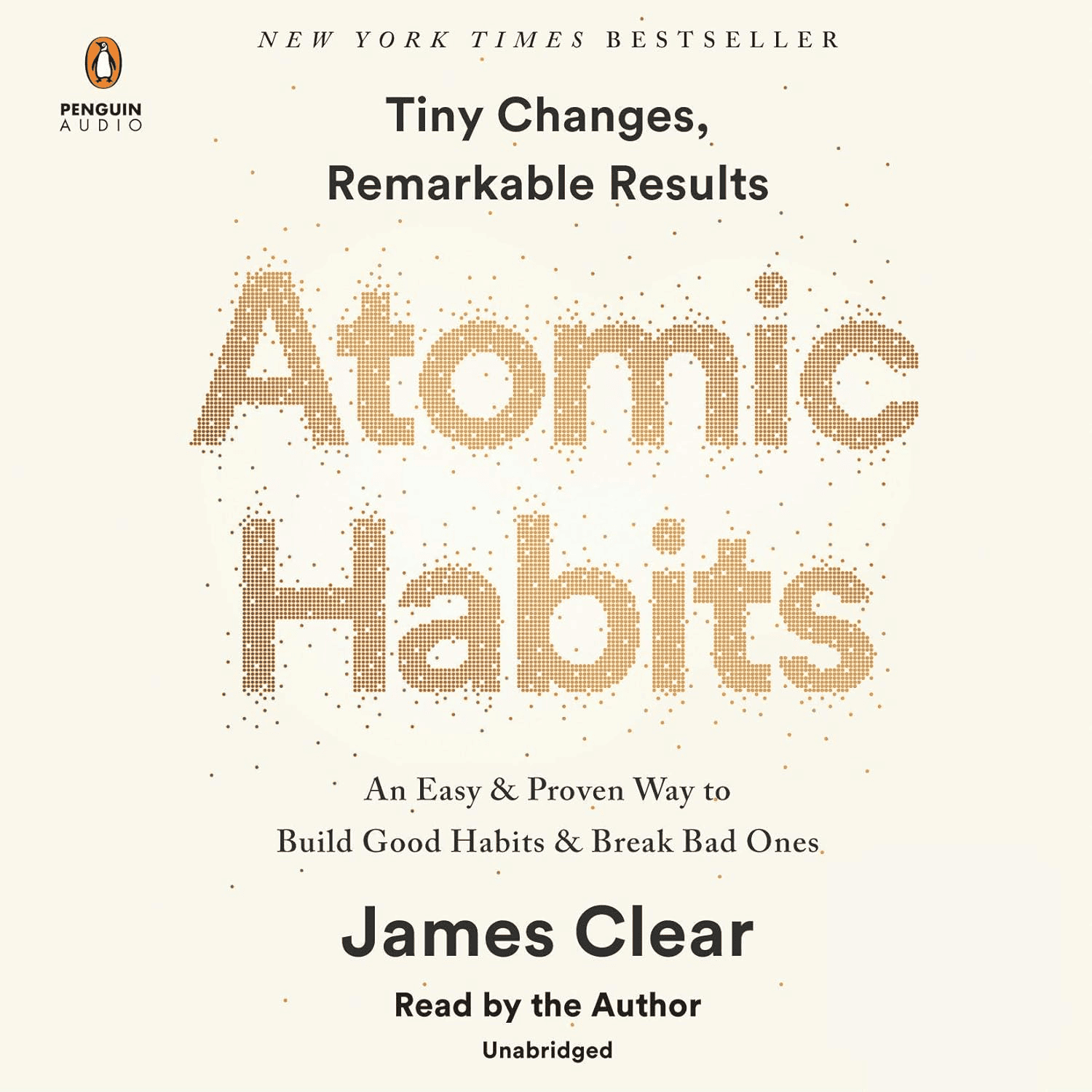We live in a world of ever-changing technological marvels that allow us to blur the lines between the physical and home office – simply making our lives more difficult. Let’s look at why the hybrid work model has become a real necessity for businesses that want to st
How to stay motivated during long projects: Essential tips for success
Maintaining momentum during extremely long projects is like running a marathon that gets harder with each mile. Knowing the framework behind long-term motivation isn’t just helpful - it’s essential for a healthy work-life balance. In this article, we explore proven strategies to keep your energy and focus all-time high throughout the crunch.
Key takeaways
Breaking long-term projects into smaller milestones can significantly increase the completion rate
Regular progress tracking using tools like Taskee helps maintain motivation for over 8 months
Teams that set clear goals are more successful in completing long-term projects
Understanding motivation cycles
Like most things in our life, motivation is dynamic. Having motivational highs and lows is completely normal, but during long-term projects, your motivation levels have a higher chance of going into a downward spiral. Usually, it goes like this:
- First 2-3 weeks: initial excitement fade
- Mid project: a feeling of apathy starts to set in.
- Final stretch: fatigue and a feeling similar to burnout come in.
The good news is – these cycles are normal and predictable. Understanding them helps you introduce proactive strategies into your work-life routine. This is a much wiser approach than trying to eliminate them altogether.
Microsoft’s research into long-term motivation revealed that teams that plan for these cycles do show a 40% higher sustained engagement throughout the project’s lifecycle. Considering what Microsoft has been doing over the last few decades – their words can be trusted.
Creating motivation anchors
So the simplest thing you can do is to put out some motivational anchors. What are those? Various regular activities and milestones keep rewarding you in one way or another, helping you maintain momentum and providing your brain with much-needed dopamine juices.
Here are a couple of examples:
Short-term anchors:
- Daily wins celebration. End each day with a bit of journaling. Note your achievements.
- Weekly progress reviews. Have a visual representation of how much you do on a daily basis. Our brain needs to see it to believe it.
- Team appreciation moments. Show your coworkers some love, and highlight their achievements and small wins.
- Personal achievement tracking. Log in your personal milestones, once again, to remind your brain of how good you’re doing.
Long-term anchors:
- Monthly milestone parties. Celebrate significant progress together with your team. A small Zoom gathering will do if you’re remote.
- Quarterly goal assessments. Take some time monthly to review your long-term goals. Firstly, there might be some space for adjusting. Secondly, remind yourself of what you’ve already done.
- Major achievement rewards. Give your successful co-workers a bit more than just love. A bonus or some time off will do just fine.
These are, of course, highly customizable. You can adjust long-term and short-term anchors according to your team’s spirit and culture. Spotify, for example, gets teams from different departments in one retreat from time to time, calling it Guild Gathering. It’s a great example of how to celebrate your team’s achievements correctly, boosting long-term motivation in the process.
Building sustainable habits
However, one nice retreat or a very thankful Zoom call might not cut it. Each team member must also practice certain routines to keep their motivation levels high. Here are some of the daily practices to include in your everyday life for an overall better motivation level:
- Morning intention setting. Feed your plans and intentions for the workday to your brain early on. Let him digest them.
- Progress visualization. Get a nice view of everything you need to do and what you’ve already done.
- Team energy check-ins. regularly check up on your fellow teammates.
- End-of-day reflection and journaling. Offload your thinking machine before going to bed. Remind it of everything you’ve accomplished this day.
- Next-day preparation. Set up clear goals for tomorrow. It’ll prepare your psyche for what comes next in advance.
These might sound simple, but require tons of discipline and self-control. Taskee can take this burden off your shoulders, at least partially. Adobe’s teams have successfully structured their daily schedules, and so can you.

Managing energy
You might spend the entire first half of the day being productive and motivated…only to completely shut down after lunch. Why? Because your energy levels don’t really care for your schedule. So there’s a lot of sense in managing these very levels instead of time:
- Schedule the most difficult task for peak energy hours. These vary from person to person, so you should do some digging in that regard.
- Include recovery and rest periods between work sessions. It doesn’t have to be an all-known “25 minutes work, 5 minutes rest” system. Whatever works for you.
- Rotate between different types of tasks. Work is work, sure, but there are different kinds of it. Your brain will thank you for switching tasks occasionally, even if they’re all work-related.
- Include physical movement throughout the day. Your team won’t burn down the office (especially if you’re remote) while you’re off on your 20-minute walk. Your brain, however, will pretty much burn your entire body if you spend the entire day in the chair.
Companies like Buffer, for example, implemented so-called “Focus Fridays” – days without meetings where team members could dive into particularly challenging tasks without wasting energy on meetings and other exhausting, but often unproductive events.
Leveraging team dynamics
Peer pressure isn’t always bad, but can be quite healthy and beneficial if done right. The power of collective motivation should never be underestimated. Here’s how you can improve your team’s overall motivation levels, ensuring no one will get dissatisfied during long projects:
- Cross-functional collaboration sections. Marketing can sometimes give a few pointers to IT, and development can have some fruitful conversations with HR. Nurture the environment where people will be heard – unexpected results won’t make them wait.
- Peer motivation partnership. “Deadly Weapon” features two detectives for a reason. Not only because it’s a genre trope, but because people often need someone to lean on.
- Team challenge events. Some healthy competition never harmed anyone.
- Collective progress visualization. Look at what you’ve accomplished – yes, again. But this time, do it with your co-workers. However, this time do it with your co-workers. You’ll be surprised by the things you’ve accidentally missed.
Atlassian, for example, literally just shoves their team members into each other from time to time, calling it “Shipit Days”. Yes, it’s probably annoying a lot of people, but it works!
Interesting fact

Studies show that teams who celebrate small wins are 33% more likely to maintain long-term motivation and achieve project success! Furthermore, projects with regular team recognition events show a 28% higher completion rate.
Related articles:
For more insights into maintaining productivity, explore Boost your productivity with Kanban: Tips for effective task management.
To prevent burnout, read How to avoid burnout: Essential strategies for maintaining your well-being.
For better planning, check out What is a Gantt chart? A guide to using Gantt charts for project management.
Conclusion
Maintaining motivation during long projects isn't about constant high energy – it's about creating sustainable patterns and supportive structures. By implementing these strategies and using tools like Taskee to track progress, you can keep your motivation steady and achieve your project goals effectively. Remember, motivation is a skill that can be developed and strengthened over time.










